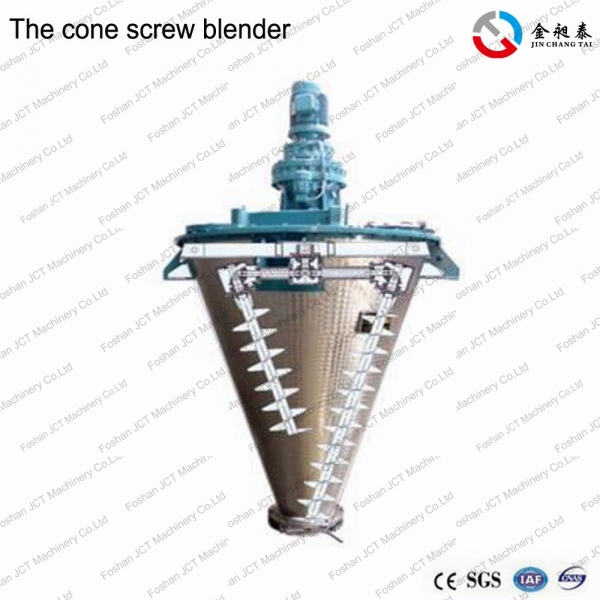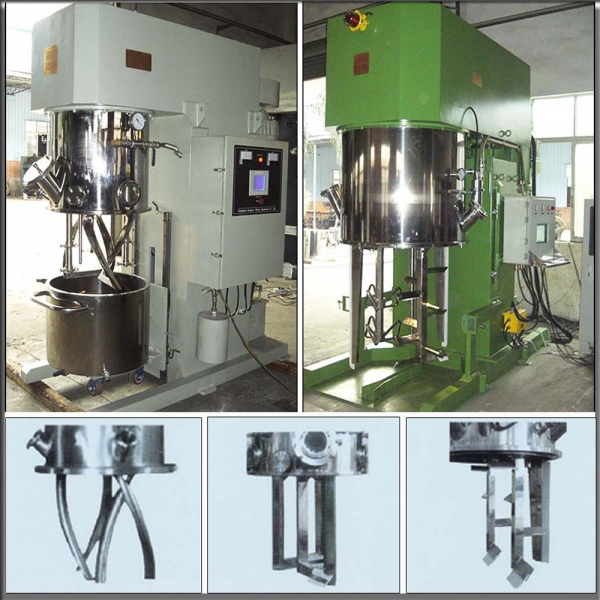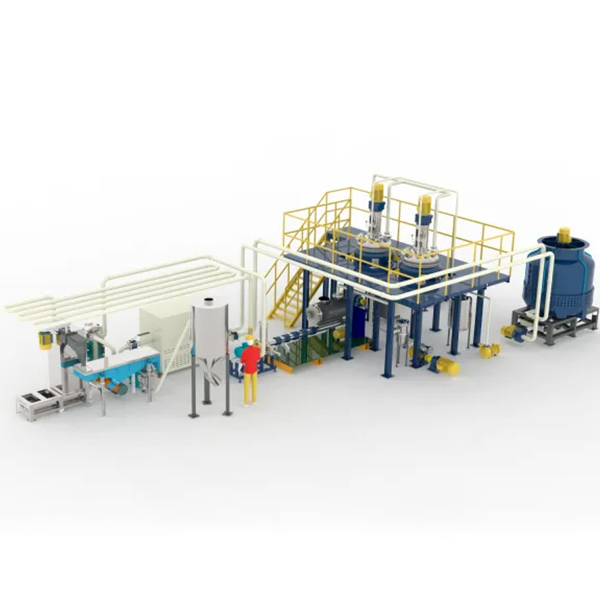Why Are There Pipe Coils On The Blade Of Triple Shaft Mixer? | JCT Machinery
 Dec 05,2024
Dec 05,2024

 JCT
JCT
1. Temperature Control and Heating
- Heating Function: In some material processing processes that require heating reactions or are temperature-sensitive, the pipe coils can heat the materials through heat media (such as hot water, steam, or oil). This is particularly important for dispersion processes that need to be controlled within a certain temperature range, such as in the production of certain hot melt glue, coatings, resins, chemical adhesives, etc.
- Ensure Uniform Heating: By setting pipe coils on the blade, heat can be evenly transferred avoiding problems such as local overheating, condensation, or incomplete reaction of the material.
2. Cooling Function
- Cooling Function: For dispersion processes that require rapid cooling, the pipe coils can also be used to cool the material. The flowing coolant flows through the pipe coils, taking away the heat in the material and helping the material to maintain a lower temperature during the dispersion process.
- Temperature Control: During the operation of triple shaft mixer, if the temperature of the material is too high, it may increase the viscosity of the material, reduce the dispersing effect, and even damage the equipment. Through the temperature control system, the pipe coil helps to maintain a constant temperature during the dispersing process and improve the dispersing efficiency.
3. Prevent Material Overheating and Deterioration
If the temperature of some materials (such as polymers, resins, pigments, etc.) is too high during the dispersing process, they may deteriorate, decompose or overreact, thereby affecting the product quality. By installing the coil on the blade, this situation can be effectively avoided to ensure that the material is evenly dispersed within the appropriate temperautre range.
4. Improve Temperature and Dispersion Efficiency
When some materials (such as high-viscosity liquids or solid particles) need to be heated to reduce viscosity, the temperature control system can make the viscosity of the material reach the ideal range, which helps to improve the dispersion effect. When the temperature is appropriate, the interaction between particles is reduced, the material is more evenly dispersed, and the production efficiency is also improved.
5. Promote Chemical Reactions
Catalytic Reactions: In some chemical reaction processes, such as the synthesis of thermosetting resins, adhesives and coatings, temperature is crucial to the reaction rate. Coil heating or cooling can help control the reaction rate, avoid side reactions or incomplete reactions caused by excessive temperature, and ensure the stability of the reaction process.




















 CN
CN
 HOME
HOME Sealant Mixer Machine | JCT Machinery
Sealant Mixer Machine | JCT Machinery  You May Also Like
You May Also Like






 Tel
Tel
 Email
Email
 Address
Address










